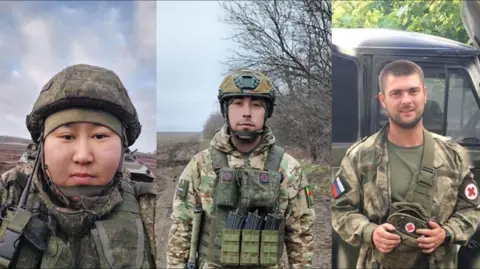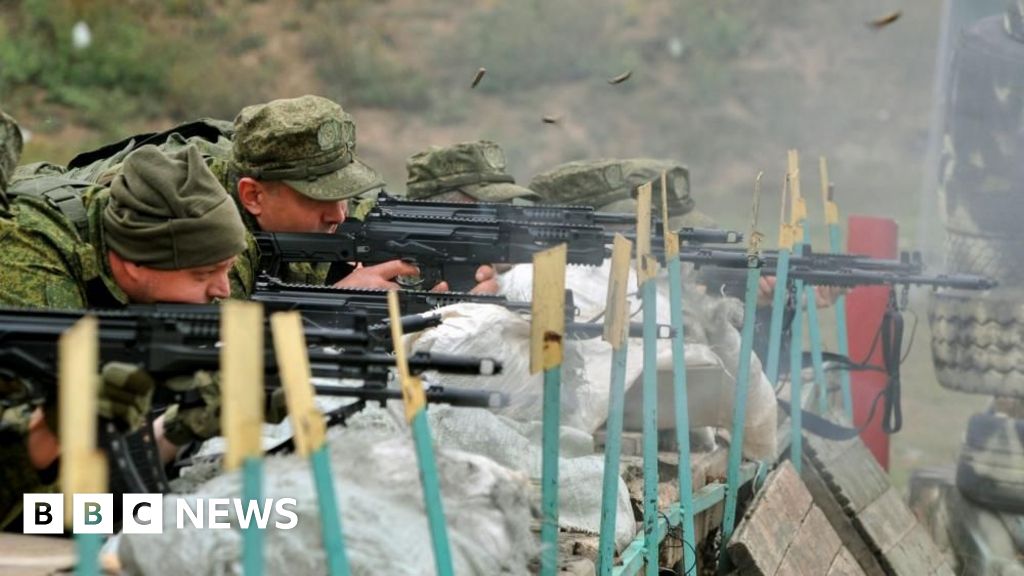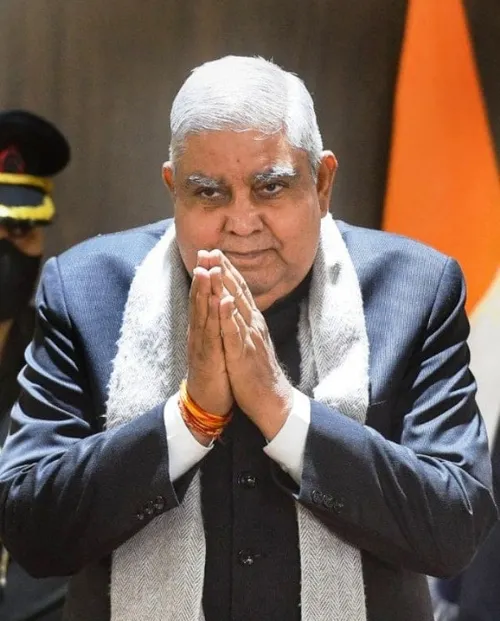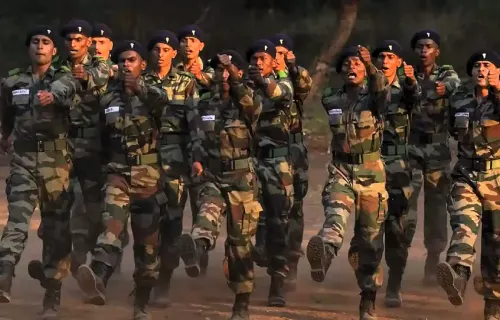BBC News Russian Special Reporter
 EPA-EFE/REX/Shutterstock
EPA-EFE/REX/ShutterstockLast year was the deadliest for Russian forces since the start of the full-scale war in Ukraine: at least 45,287 people were killed.
This is almost three times more than in the first year of the invasion and significantly exceeds the losses of 2023, when the longest and deadliest battle of the war was taking place in Bakhmut.
At the start of the war, losses happened in waves during battles for key locations, but 2024 saw a month-on-month increase in the death toll as the front line slowly edged forward, enabling us to establish that Russia lost at least 27 lives for every kilometre of Ukrainian territory captured.
The BBC Russian Service, in collaboration with independent media outlet Mediazona and a team of volunteers, has processed open source data from Russian cemeteries, military memorials and obituaries.
So far, we have identified the names of 106,745 Russian soldiers killed during the full-scale invasion of Ukraine.
The true number is clearly much higher. Military experts estimate our number may cover between 45% and 65% of deaths, which would mean 164,223 to 237,211 people.
20 February 2024 was the deadliest day for Russian forces in 2024.
Among the casualties were Aldar Bairov, Igor Babych and Okhunjon Rustamov, who were with the 36th Motorised Rifle Brigade when four Ukrainian long-range HIMARS missiles hit a training ground near the city of Volnovakha in occupied Donetsk.
They had been ordered to line up for a medal ceremony. Sixty-five servicemen were killed, including their commander Col Musaev. Dozens more were wounded.
Bairov, 22 and from Buryatia in eastern Siberia, had studied to be a food sanitation specialist but was drafted for mandatory military service and then signed a contract to become a professional soldier.
In February 2022 he went to fight in Ukraine and was part of the battle for Borodyanka during his brigade’s advance towards Kyiv in March 2022. The town was almost completely destroyed. Ukrainian sources say Russian soldiers were involved in the execution of civilians.
 Family Handout
Family HandoutOkhunjon Rustamov, 31 and from Chita in Siberia, had worked as a welder after serving a mandatory term in special forces. He was mobilised during a partial draft in October 2022.
Unlike Rustamov, Igor Babych, 32, had volunteered to go to war. He had worked with adults and children diagnosed with cerebral palsy, helping them with physical therapy until April 2023.
In total 201 Russian soldiers died on that day, according to our data.
A few hours after the strike on the training ground, then-Russian Defence Minister Sergei Shoigu met Vladimir Putin to bring him news of military success from the front line.
There was no mention of the training ground attack, nor was there any word from the Ministry of Defence in its daily reports.
A relative of Okhunjon Rustamov said she had already buried three close family members over the course of the war. “In December 2022, my husband died. On 10 February 2024, my godfather. And on 20 February my half-brother. From one funeral to the next.”
In our analysis, we prioritised exact dates of death for soldiers. If that wasn’t available, we used the date of the funeral or the date the death was reported.
In the first two years of the war, 2022 and 2023, Russian losses followed a wave-like pattern: heavy fighting with high casualties alternated with periods of relative calm.
In 2023, for example, most casualties occurred between January and March, when Russian forces attempted to capture the cities of Vuhledar and Bakhmut in Donetsk Oblast.
In the first year of the full-scale invasion, according to our calculations, Russia lost at least 17,890 soldiers. This number does not include losses from Russia’s two proxy forces in occupied eastern Ukraine.
In 2023, the number rose to 37,633.
In 2024, there was no period showing a significant fall in casualties. Bloody battles for Avdiivka and Robotyne were followed by intensified assaults towards Pokrovsk and Toretsk.
In August 2024, Russian conscripts were killed when Ukrainian forces stormed over the border into the Kursk region. From August 6 to 13 alone, an estimated 1,226 Russian soldiers died.
However, the heaviest overall losses occurred during a slow Russian advance in the east between September and November 2024, according to leading US military analyst Michael Kofman.
“Tactics emphasised repeated attacks with dispersed assault groups, using small infantry fire teams, which increased overall casualties relative to terrain gained,” he explained.
After almost two years of intense fighting, Russian forces seized the logistical hub of Vuhledar in Donetsk on 1 October 2024.
According to estimates by the American Institute for the Study of War (ISW), from September to November 2024, Russian forces captured 2,356 square kilometres of Ukraine.
Even then, Ukrainian forces at the front did not collapse.
The cost of this advance was at least 11,678 Russian military deaths.
Actual losses figures are likely higher. We have only accounted for soldiers and officers whose names appeared in publicly available obituaries and whose dates of death or funeral fell within this period.
Overall in 2024, according to ISW, Russia captured 4,168 square kilometres of land. This means that for each square kilometre captured, 27 Russian soldiers were killed, and this does not include the wounded.
How losses are changing recruitment
Russia has found ways of replenishing its depleted forces.
“Russian recruitment also increased in the second half of 2024 and exceeded Russian casualties, allowing Moscow to generate additional formations,” says Michael Kofman.
One-time payments to soldiers signing new contracts were increased in three Russian regions. Combat salaries for volunteer soldiers are five to seven times higher than the average wage in most regions.
We also class as volunteers those who signed up to avoid criminal prosecution, which was allowed by law in 2024.
Volunteers have become the fastest-growing category of casualties in our calculations, making up a quarter of those we have identified.
In 2023-2024, thousands of volunteers who signed contracts with the Ministry of Defence were sent to the front lines only 10–14 days later. Such minimal training will have dramatically reduced their chances of survival, experts say.
One Russian republic, Bashkortostan, has seen the highest numbers of casualties, with 4,836 confirmed deaths. Most were from rural areas and 38% had gone to fight with no military experience.
The one-time payment for signing a Russian army contract in Ufa is 34 times the region’s average salary of 67,575 rubles (£600).
Calculating deaths from open source data will always be incomplete.
This is because the bodies of a significant number of soldiers killed in the past months may still be on the battlefield and retrieving them presents a risk to serving soldiers.
The true death toll for Russian forces increases significantly, if you include those who fought against Ukraine as part of the self-proclaimed Donetsk and Luhansk People’s Republics.
An assessment of obituaries and reports of searches for fighters who have lost contact suggests between 21,000 and 23,500 people may have been killed by September 2024.
That would bring the total number of fatalities to 185,000 to 260,700 military personnel.
Anurag Dhole is a seasoned journalist and content writer with a passion for delivering timely, accurate, and engaging stories. With over 8 years of experience in digital media, she covers a wide range of topics—from breaking news and politics to business insights and cultural trends. Jane's writing style blends clarity with depth, aiming to inform and inspire readers in a fast-paced media landscape. When she’s not chasing stories, she’s likely reading investigative features or exploring local cafés for her next writing spot.







